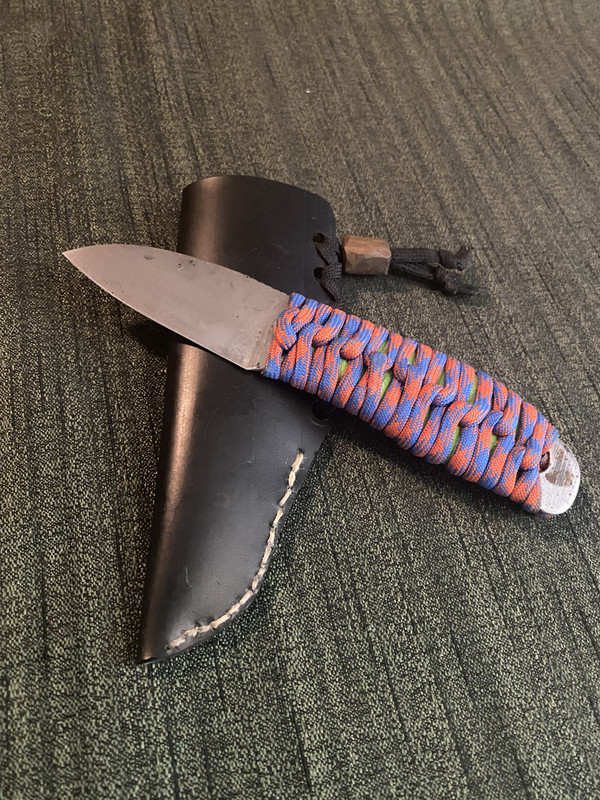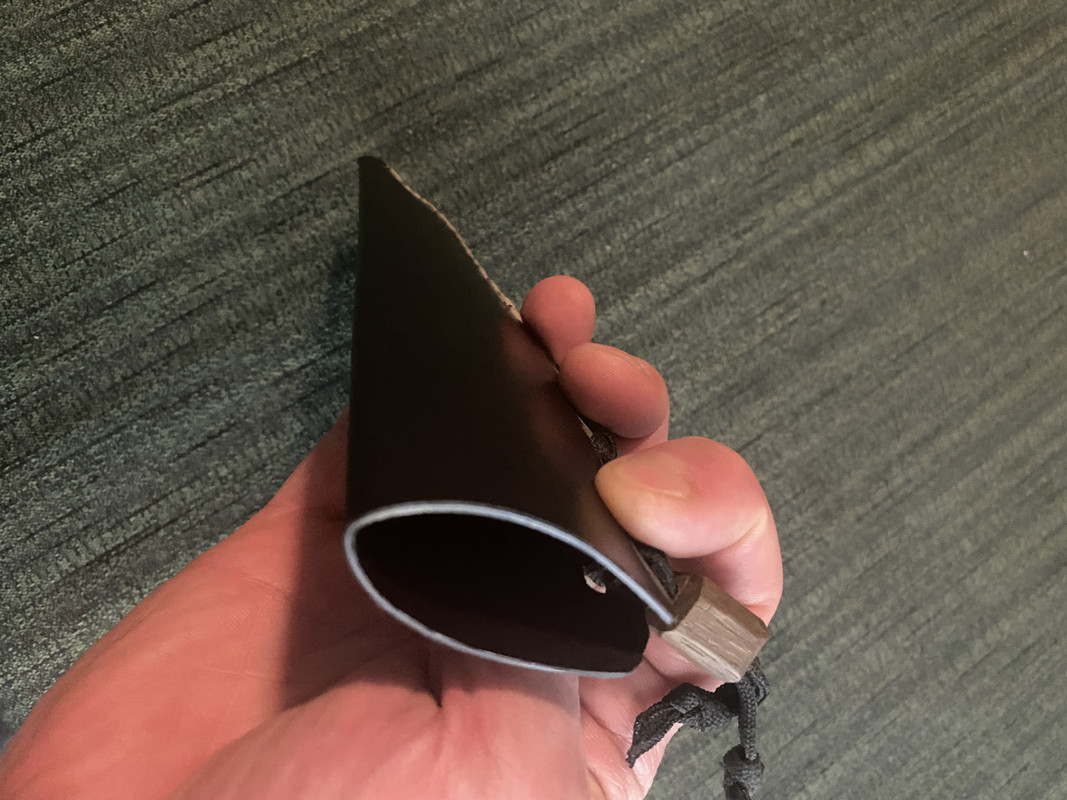- Joined
- Jul 3, 2019
- Messages
- 14,799
I have a bunch of experience with leather, but I figured I’d try something different. I picked up a bit of this from
 FortyTwoBlades
and figured I’d give it a try. I’m used to 9 oz leather, so I know a little bit about working with stiff materials, but this stuff is stiffer. Can’t make it pliable with water, so I figured I’d ask around and see what people use or how they work it.
FortyTwoBlades
and figured I’d give it a try. I’m used to 9 oz leather, so I know a little bit about working with stiff materials, but this stuff is stiffer. Can’t make it pliable with water, so I figured I’d ask around and see what people use or how they work it.
I’m interested in making a simple taco sheath for smallish fixed blades.
I’m interested in making a simple taco sheath for smallish fixed blades.

 and OP for bringing it up.
and OP for bringing it up.




